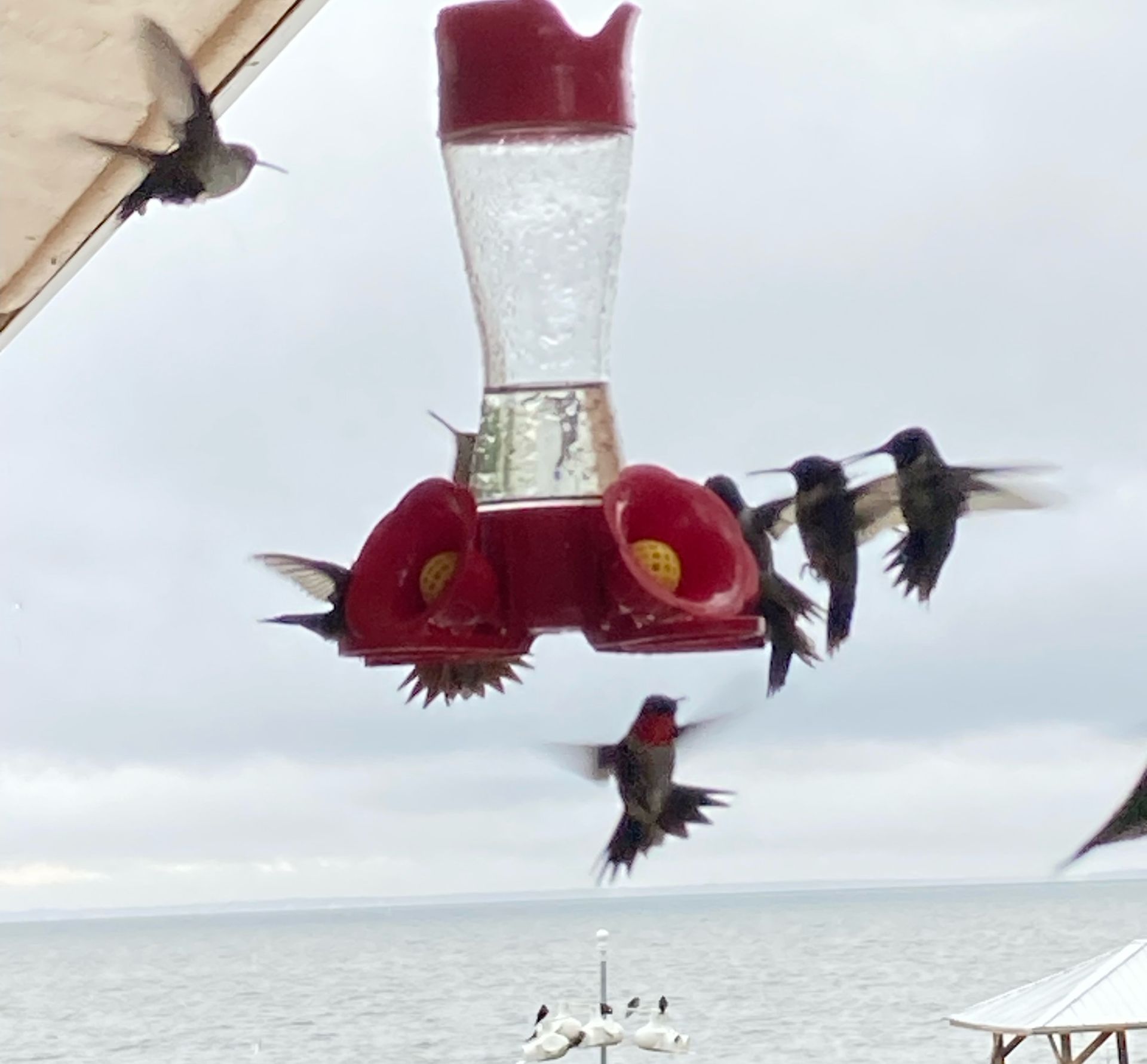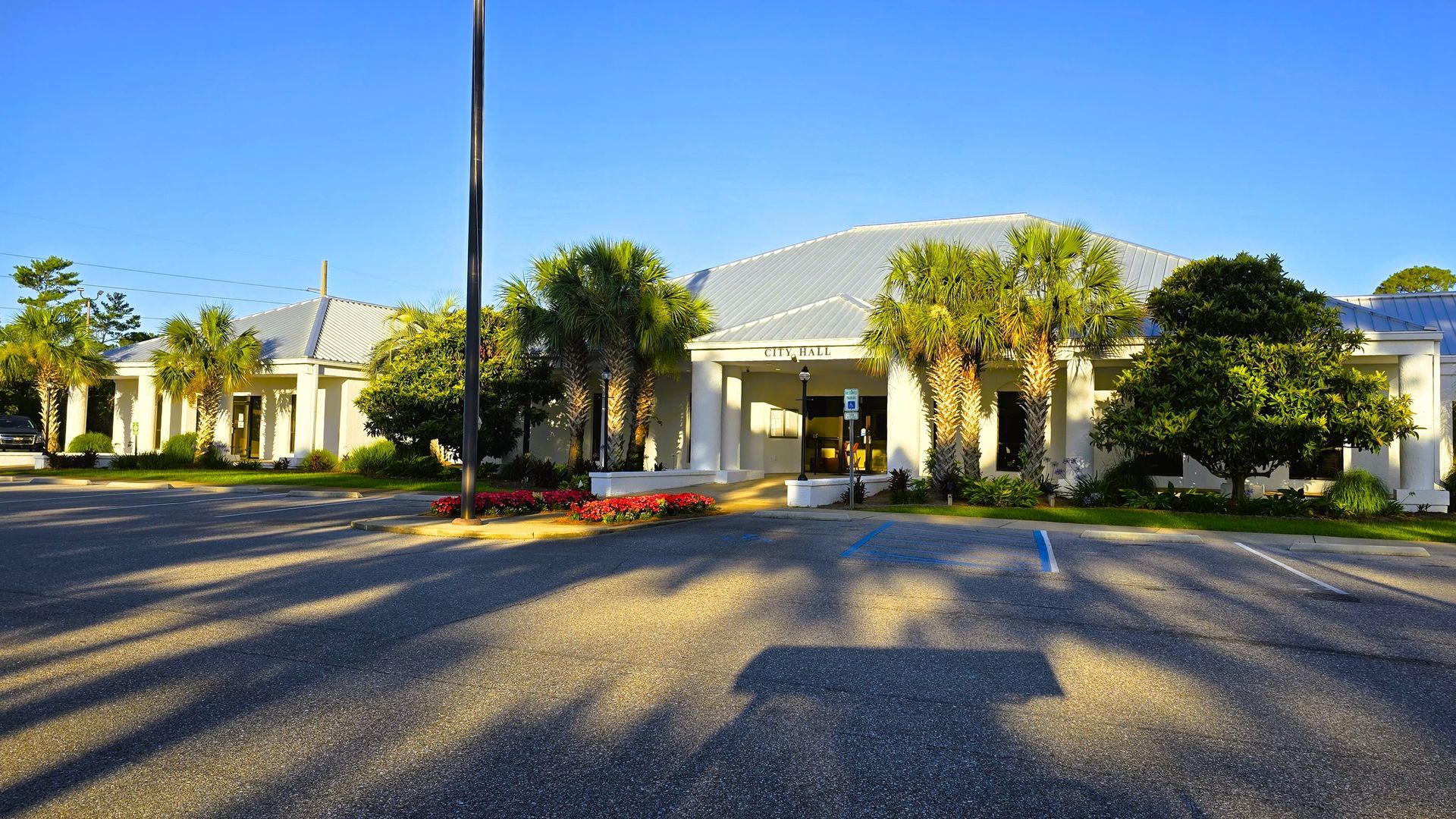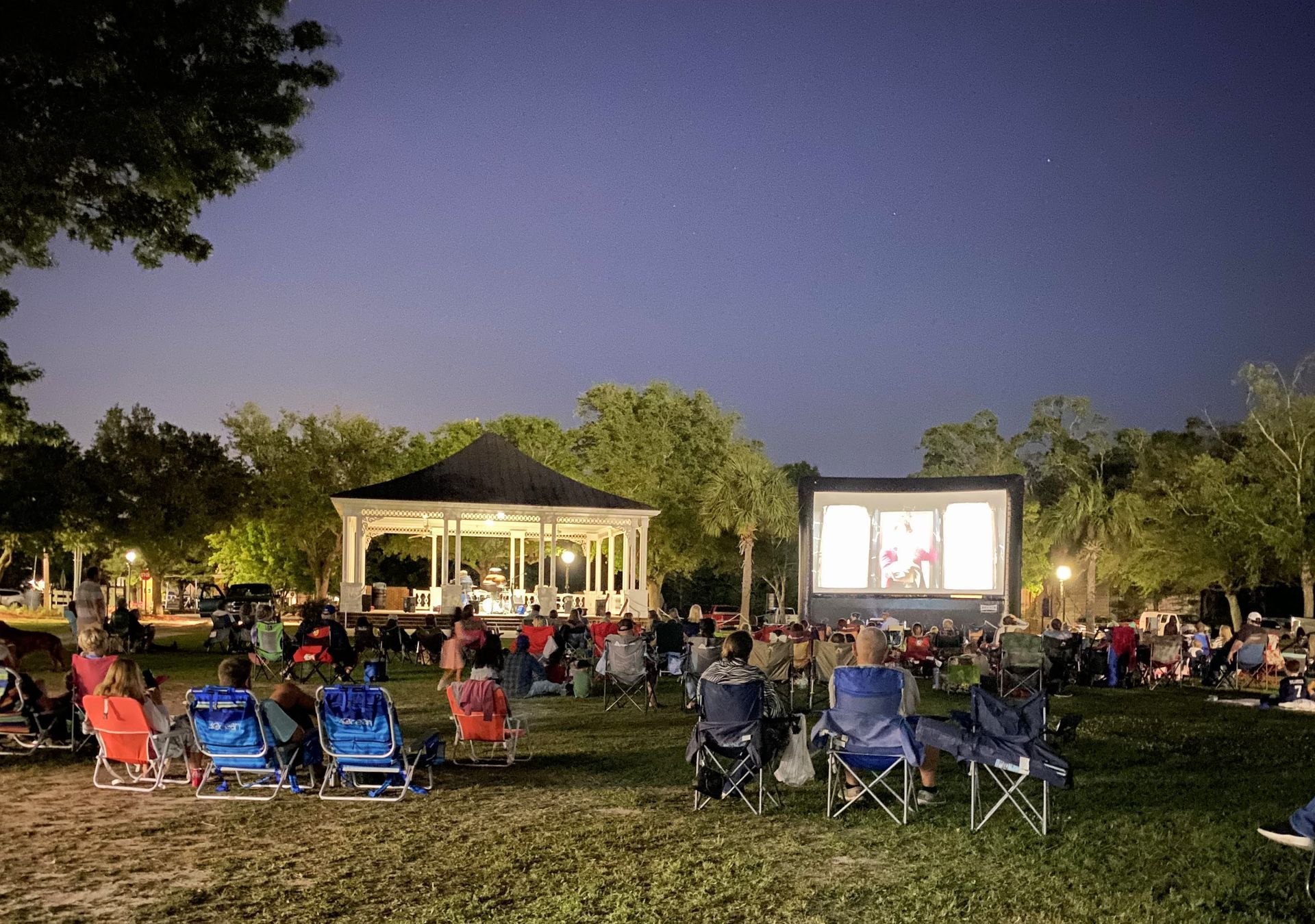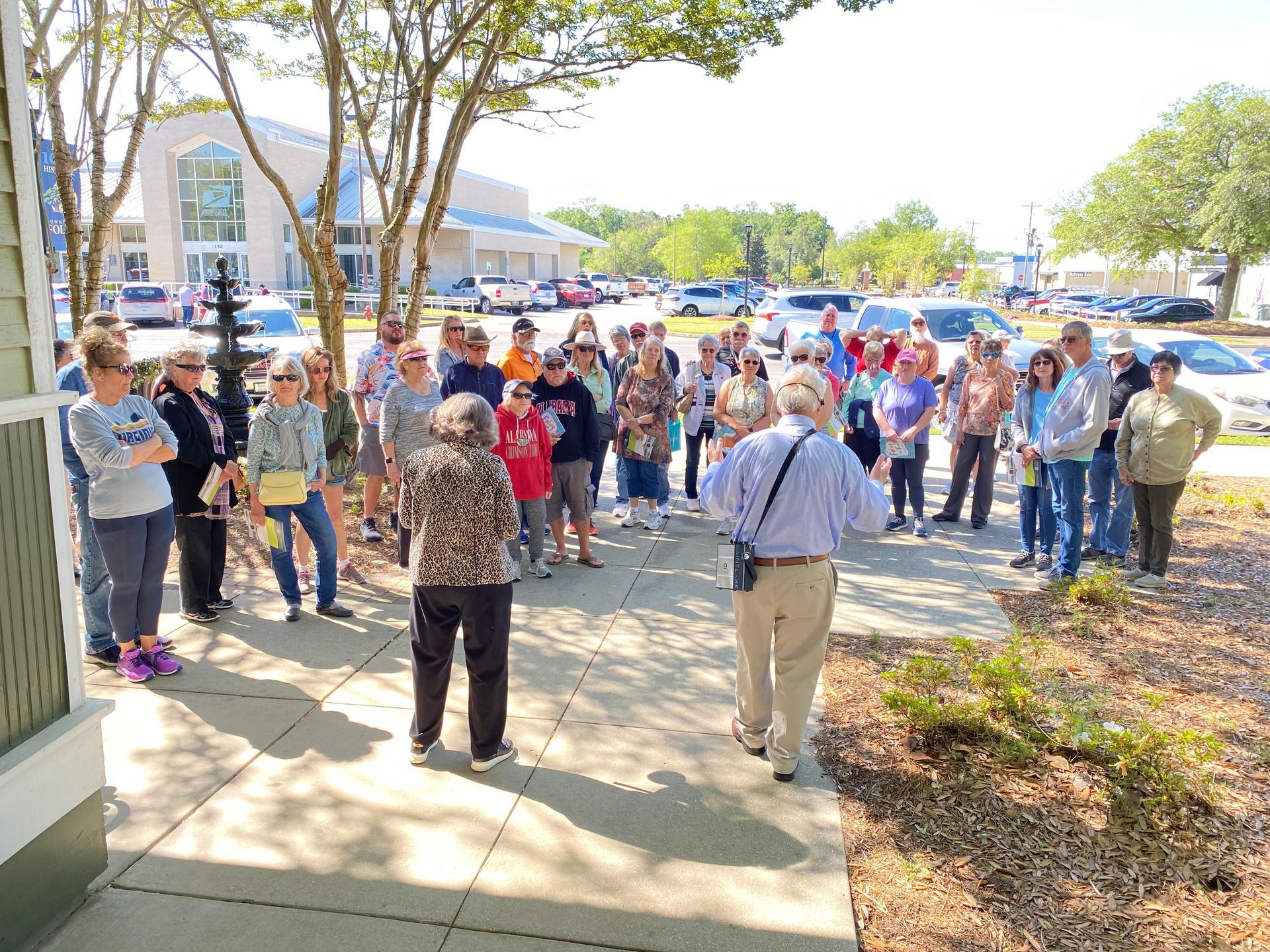Hummingbird Season Blooms Along the Coast
Native plants and feeders help draw birds safely

Orange Beach, Ala. – (OBA) – It’s not just spring breakers heading to Baldwin County this month. Hummingbird season is in full force on Alabama’s Gulf Coast.
Hummingbirds pass through Alabama on their spring migration between February and April. Many choose to stay in the summer and head south again in August.
For the moment, the species that call Alabama home, the ruby-throated hummingbird, remain robust in numbers. But other types of hummingbirds are declining rapidly as natural habitats are pushed aside for development.
The Rufous Hummingbird is one that has experienced recent population declines.
Though they are less common in the yellowhammer state, they have been spotted here during migration. With widespread development, these rare birds are now even less common. While not federally listed as threatened or endangered, the IUCN lists the Rufous Hummingbird as "near-threatened".
“Habitat loss from human development is a big problem for a lot of birds, on the coast and elsewhere,” said Lianne Koczur, PhD of Alabama Audubon.
Koczur said currently Baldwin County’s most frequently sighted hummingbird, the ruby-throated, doesn’t appear to be dwindling in numbers, but that could quickly change.
“Anywhere a species loses habitat it isn’t helping things,” she said.
Still, through annual canvassing as part of Project Safe Flight, the ruby-throated hummingbird is at the top of the list of birds the group has found deceased after colliding with windows. In the past two years, 52 of the hummingbirds were found dead after hitting windows.
Koczur said birds cannot see glass or differentiate it from its surroundings. Often when they seek refuge in atriums or buildings where plants are placed near windows, the bird crashes and perishes. An estimated 1.28 billion birds die annual in the United States after colliding with windows, nearly half of those are with residential homes.
Project Safe Flight monitors bird deaths due to collisions in Alabama.
“With more development comes more windows and likely more window collisions,” Koczur said.
To help keep birds from colliding with windows, homeowners can purchase stickers to place on the windows, move birdfeeders at least three feet from windows and turn lights off between midnight and 6 a.m.
To attract hummingbirds to your yard at a safe distance, Koczur said it is important to plant native flowers.
Flowers with tubular shapes and bright colors such as salvia, trumpet vine, coral honeysuckle and bee balm tend to attract the tiny birds.
“I, personally, have Turk's Cap in my yard that are still in bloom during fall migration and that is always where I see the hummingbirds in my yard,” Koczur said. “I enjoy watching them from a distance, so I don't disturb them from feeding time.”
Hummingbird feeders will also help draw the birds to your yard. Koczur said the red dye mix isn’t necessary. Instead, fill your feeder with a four to one mixture of sugar and water, for example four cups of water with one cup of sugar.
Too much sugar will actually harm the birds, she said, and the mix needs to be changed every few days or it will ferment in the Alabama heat.
Hummingbirds are territorial and will fight over a feeder. To help quell the squabbling, place several hummingbird feeders throughout your yard, 10 – 15 feet apart.











